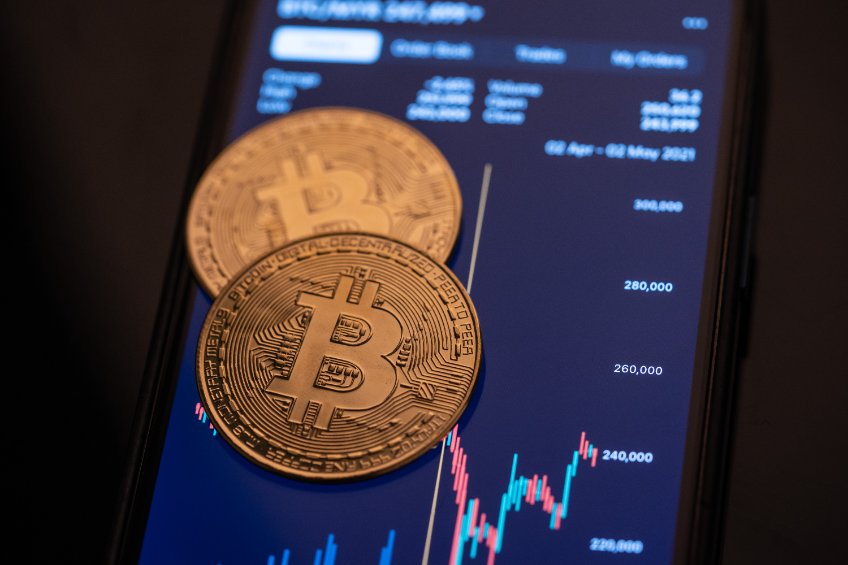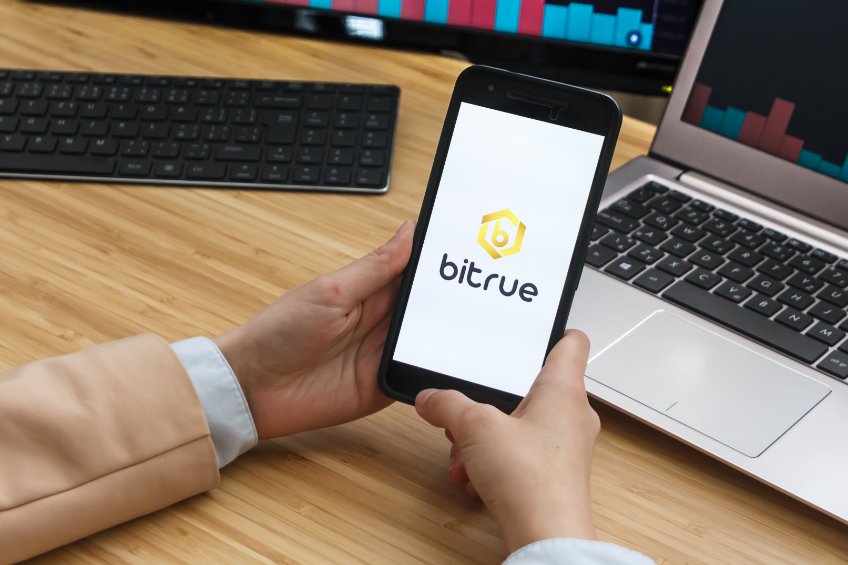
Telegram founder Pavel Durov is proposing the creation of an NFT marketplace that can use “NFT-like smart contracts” to facilitate auctioning of popular usernames.
Durov’s proposal comes after the success of domain name auctions on The Open Network (TON), which is a layer-1 blockchain designed by the Telegram team. The Open Network launched the TON DNS Service in mid-July allowing users to assign human-readable names to crypto wallets, websites, and smart contracts.
Durov through a message shared on his personal Telegram group, Durov’s Channel, on Tuesday said that he was impressed by the success of the domain auctions on TON. He said that Telegram could tap into the same technology and launch a new marketplace that would be used to buy and sell “catchy t.me addresses like @storm or @royal, and all four-letter user names.”
Durov said:
“Imagine how successful Telegram with its 700 million users could be it we put reserved @ usernames, group and channel links for auction… This would create a new platform where username holders could transfer them to interested parties in protected deals – with ownership secured on the blockchain via NFT-like smart contracts.”
Auctions on TON DNS Service
The first auction on TON DNS was conducted on July 30 and just like the Ethereum Name Service (ENS) “.eth” domains, the “.ton” domains allow users to access decentralized applications in a simpler way without needing to write the long crypto wallet addresses.
The Open Network uses FunC programming language for the TON Virtual Machine and to launch specific smart contracts on the blockchain. If Telegram was to launch NFTs, it would most likely use the same standard.
Durov said:
“Our team can write bullet-proof smart contracts for TON (since it was us who invented its smart contract language), so we are inclined to try out TON as the underlying blockchain for our future marketplace.”
The post Telegram founder proposes NFT marketplace for auctioning popular usernames appeared first on CoinJournal.




